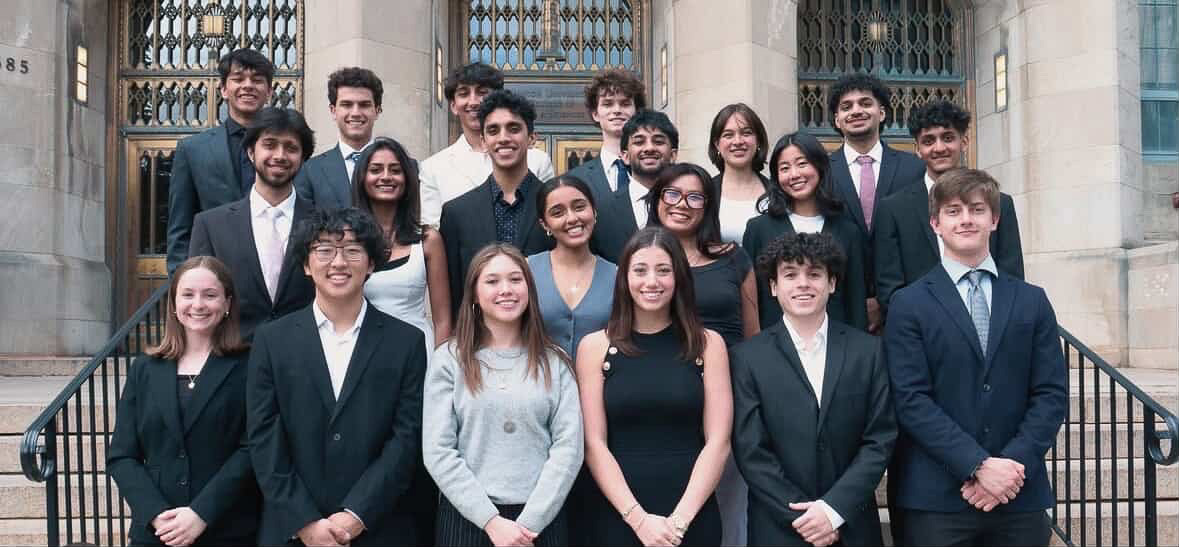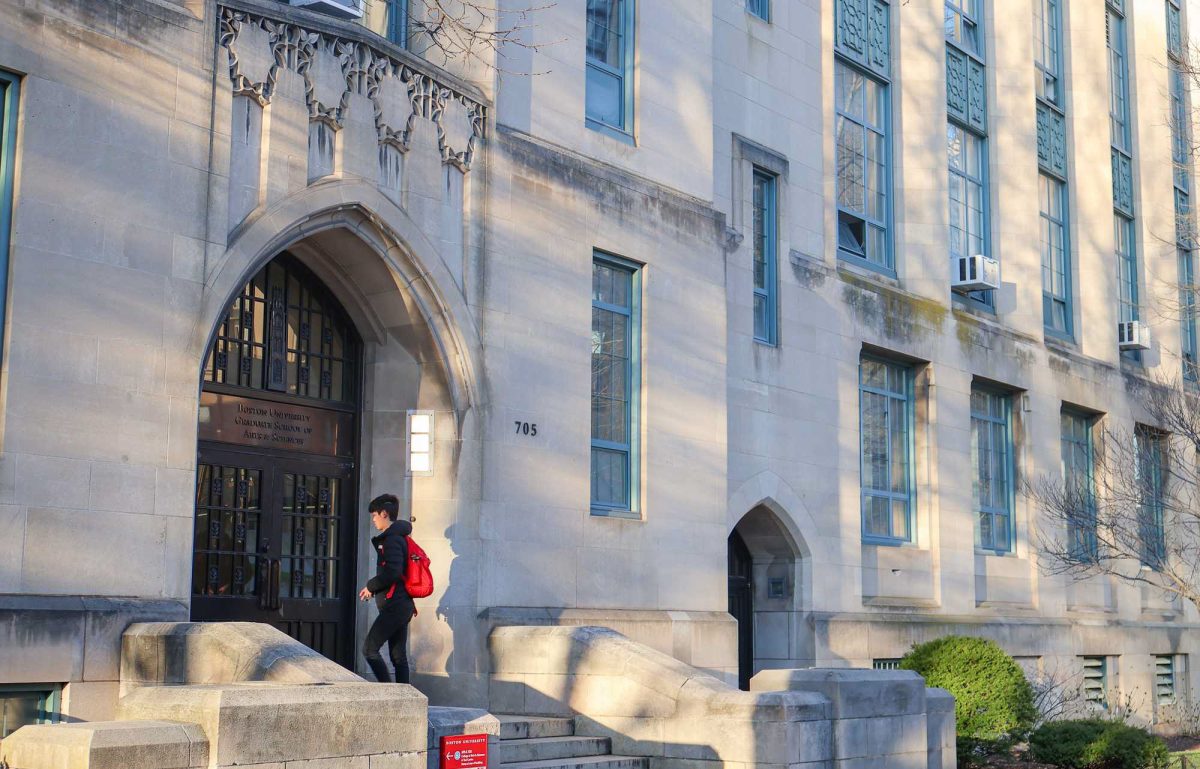Defining college credit on a time-based system, known as the “credit hour,” might not be as efficient as measuring how much a student learns by the end of a course, experts said.
However, Boston University professors said the credit hour has its merits, especially compared to alternative systems.
“We are going to spend the next year or so studying the past, present and future of the Carnegie Unit, which is a time-based measure of student progress,” said Thomas Toch, senior managing partner of the Carnegie Foundation for the Advancement of Teaching. “Our goal is to consider whether it would be prudent to shift the Carnegie unit to a competency-based metric.”
The competency-based metric is described as the amount of knowledge, skills and abilities a student retains throughout the course.
Researchers will use a $460,000 grant from The William and Flora Hewlett Foundation to study alternatives to the time-based credit system, according to a Dec. 4 Carnegie Foundation release.
“Because the education landscape has changed dramatically, students are able with the advent of online learning, for example, to study pretty much anything, anytime and anywhere,” Toch said. “To measure their progress simply exclusively on the basis of their ability to complete courses in a classroom based instruction seems outdated.”
The Carnegie Unit was created in 1906 to raise academic standards in colleges and universities.
“Though the time-based Carnegie Unit was not intended to measure, inform or improve the quality of teaching or learning, it became and still remains the near-universal metric for student attainment across our nation’s secondary and higher education systems,” the release stated.
School of Education Associate Dean Kathleen Vaughan said while the credit hour has its faults, the alternatives are not concrete.
Course credit at BU is based on the amount of face-to-face interaction between the student and the instructor, Vaughan said. Multiple instructors teach some courses, which could make changing the credit system difficult.
“[Changes to this system] would require a lot of oversight by the college or university to make sure that there is a fair amount of work for everybody with the same amount of credits,” Vaughan said. “How are you going to guarantee the credit hour actually defines the hours of work a student needs to put in both inside and outside of the classroom in order for it to carry a particular credit number?”
Toch said standardizing credit based on competence and the workload could facilitate greater movement between universities.
Transfer student Courtney Goldstein, a College of Arts and Sciences sophomore, said her classes at Loyola University in Maryland were three credits each and did not transfer well to BU.
“I had to petition and fill out these forms that gave the exact class at BU that I wanted my classes at Loyola to count for,” Goldstein said. “I took anatomy which was a lab science at Loyola so I had to find the exact BU course number I wanted it to count for.”
Goldstein said despite all the paperwork, only one of her classes transferred.
Noelle Cormier, a sophomore in SED, said the credit hour seems flawed because she has taken two-credit courses that are more challenging than some four-credit courses.
“Some classes are worth less credit because, technically speaking, they hold less time in the schedule, and the time you spend working in that course does not correspond with the amount of credit we receive,” Cormier said. “I’d prefer a system that would better represent the work you put in the course rather than the time you spend in the class.”
Zoi Zaldivar a sophomore in SED and CAS, said while she has been in multiple courses where credit does not directly correlate to the amount of time she works, changing the weight of each credit would force her to stay another semester.
“My schedule has 22 hours of class for 18 credits, so clearly there is work that I am getting recognized for,” Zaldivar said. “If SED were to increase my two credit classes to four credit classes, I would have to overload every semester or stay an extra semester, which is not something I think most students couldn’t do.”
Sargent College of Health and Rehabilitation Sciences junior Marc Luko said although this system does not adequately represent the amount of work he puts into his courses, but standardizing class credit is possible.
“It’s hard to revamp a system that has been in place a really long time,” Luko said. “The best way of looking at it is keeping it to the departments and let them justify [course credit], have the faculty members talk about it then get some student input to find a mutual ground.”




















































































































Jesica Talbot • Feb 5, 2013 at 4:57 pm
Thanks for ones marvelous posting! I genuinely enjoyed reading it, you are a great author.I will make sure to bookmark your blog and will come back at some point. I want to encourage you to ultimately continue your great work, have a nice morning!